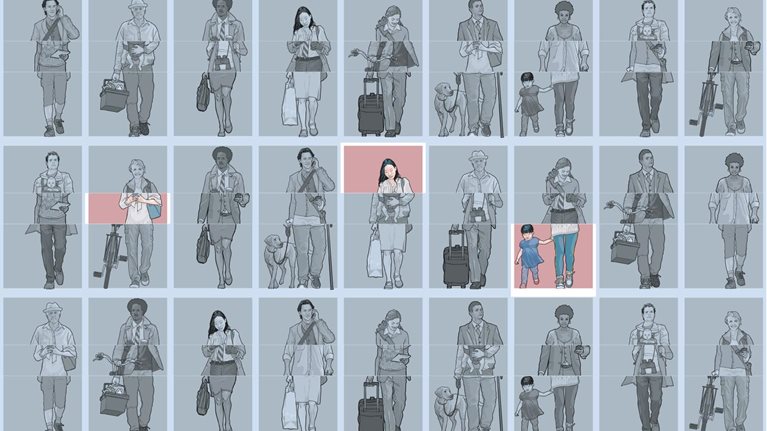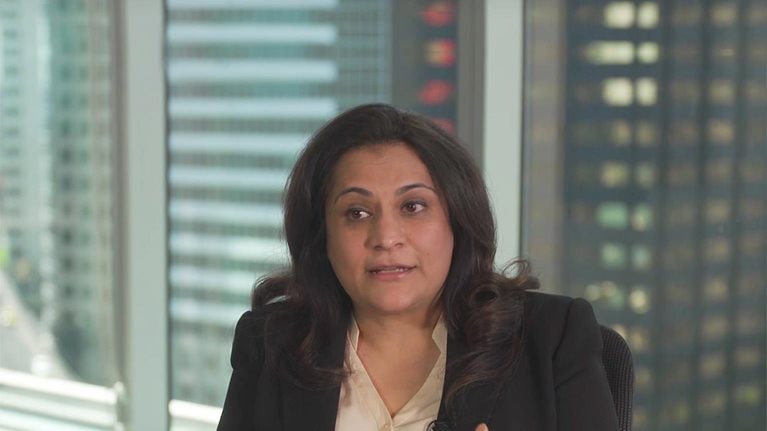Singapore’s economic transformation from third world to first world since gaining its independence in 1965 is a well-known story of how stable governance and entrepreneurial thinking has fueled economic prosperity for this small nation. What is lesser-known is the extent to which the Singapore government has embraced design in its strategies to improve citizens’ lives.
As Singapore’s Prime Minister, Lee Hsien Loong, said in 2018:
“At the national level, design is . . . a core element of our nation-building. Singapore is a nation by design. Nothing we have today is natural, or happened by itself. Somebody thought about it, made it happen. Not our economic growth, not our international standing, not our multiracial harmony, not even our nationhood. Nothing was by chance.”1
Singapore has historically designed policies and services around citizen behaviors to effect long-term desired outcomes, from pension fund contributions to racial integration in public housing to road pricing.2 While these examples were not labeled as “design” then, they make up a backdrop for Singapore’s continuing citizen-centric approach.
Singapore is not unique in this movement. Globally, the scope for design in government has increased, driven by pressing population concerns and maturing technologies. For instance, in Europe and the United States, cross-functional teams typically operate at the intersection of design, digital, and data to innovate policies and processes and to deliver public good more effectively. Examples include the United Kingdom’s Government Digital Service and US Digital Service.
These trends make Singapore a potent source of learning and inspiration for other governments. In this article, we go behind the scenes to highlight key activities and principles that governments can consider when leveraging design in transformation efforts. We describe three examples of how Singapore used design to transform citizen-facing services—making life less stressful for new parents, improving quality of life for people with disabilities, and digitizing manual parking coupons. We conclude the article by outlining further insights on how governments can scale design capabilities beyond disparate initiatives.
Consolidating services around the important moments of a citizen’s life
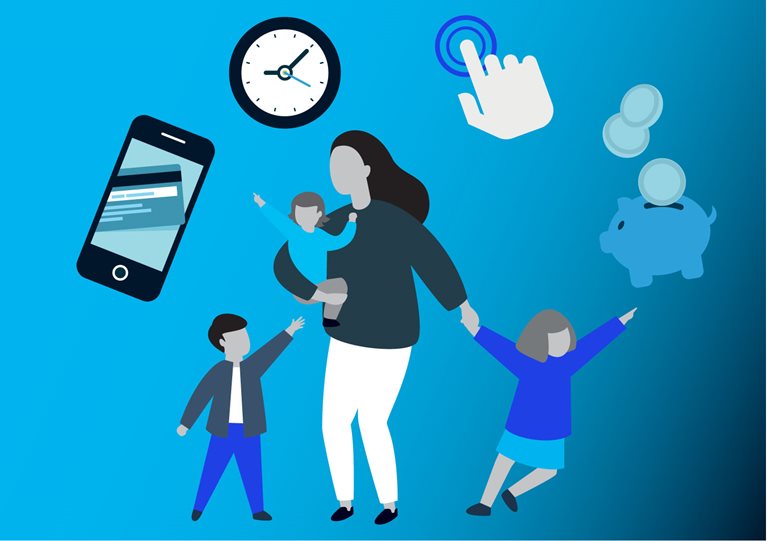
People often experience public services as discrete touchpoints as a result of agencies specializing in different functions. For example, bringing a baby into the world requires parents to interact with multiple organizations—such as medical service providers, financial institutions, social benefit agencies, and birth registration departments—in a short period of time. This makes an already-stressful phase in parents’ lives even more stressful. What if a more connected, seamless journey could be designed to deliver the right information, channels, and support at the right time to increase citizens’ peace of mind during life’s critical transitions?
In 2017, the product development team at Singapore’s Government Technology Agency (GovTech) was tasked to develop a tool to consolidate citizen-facing services previously delivered by different government agencies onto a single platform. The initiative, Moments of Life, sought to make it easier for citizens to discover and access relevant services during important changes in their lives by reducing fragmentation and being more anticipatory in the delivery of those services. Its first effort focused on the very beginning of a citizen’s journey, taking the form of a smartphone app focused on making life easier for new parents. The app enabled users to register the births of their children, access their immunization records, navigate healthcare and childcare options eligible for benefits, and apply for the Baby Bonus Scheme (a government program aimed at alleviating the financial costs of parenthood).
Organizing the delivery of services around a citizen’s journey, rather than fitting their delivery to existing processes, requires extensive interagency collaboration beyond functional silos. Singapore calls this a “whole of government” approach—one in which agencies collaborate on the basis of shared outcomes for cross-cutting problems. In the case of Moments of Life, a significant degree of interagency collaboration was a precursor to achieving the vision, with a range of agencies coming together to adjust their policies, processes, and operations to enable the product vision be realized.3
Since the release of the Moments of Life app in June 2018, it has had more than 32,000 downloads.4 For the next release, the GovTech team aims to target the other end of life: aging and caregiving. The Moments of Life overarching goal is to provide a suite of digital solutions for citizen well-being along critical moments “from cradle to grave.”
Using immersive research to co-create solutions for people with disabilities
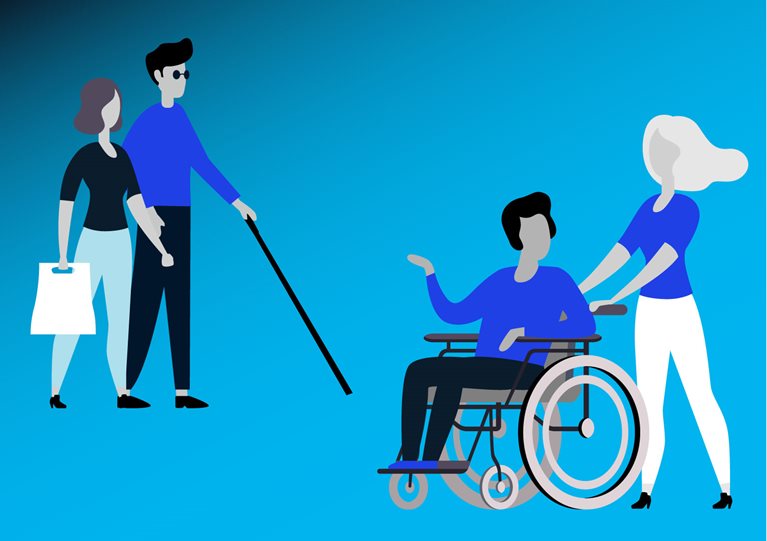
In a 2016 survey of people with disabilities by Singapore’s National Council of Social Services (NCSS), 62 percent of respondents said that they felt neither included in society nor given opportunities to reach their potential. The study found that Singapore’s people with disabilities continued to grapple with a host of difficulties in accessing public infrastructure, housing, caregiver support, assistive technologies, and sports facilities. They also continued to face challenges in the workplace as well as social stigma and bullying.5 That led NCSS, along with DesignSingapore Council, to put together a team to identify opportunities to improve inclusion and quality of life for people with disabilities.
Typically, government agencies approach the task of gathering citizen sentiment by launching surveys at scale to gather a broad representation of views. However, in studies aimed at unearthing behavioral insights, surveys can fail to reveal deep-seated issues and underlying tensions, as they rely overly on participants’ self-knowledge, limit the scope of possible responses, and prevent probing in context. In light of these limitations, running small-scale, in-depth studies to drive deep insights can be just as important as engaging a large number of customers and stakeholders.
To understand the unmet needs of people with disabilities, the team used an immersive, ethnographic research method of shadowing a day in the life of each of 25 people with disabilities. This approach enabled the team to elicit difficult-to-articulate needs, aspirations, and barriers, which administrative data alone may not have unveiled. For example, by shadowing a visually impaired man, the team learned how important it was for him to feel psychological safety before leaving his house. It also unearthed subtle barriers felt by moderately impaired individuals with less visible disabilities in finding job opportunities to support themselves.
After gathering key behavioral insights from this method, the team organized co-creation sessions, which involved more than 140 public servants, social services and healthcare professionals, people with disabilities, and caregivers, to design solutions collaboratively. The team also created a detailed map of Singapore’s social services ecosystem to ensure that it factored operational needs and collaborative buy-in into the process. This effort generated more than 30 ideas, four of which underwent implementation. These included Box of Joy (a home-delivered, personalized “package of surprises” to enable people with disabilities to learn and discover new things) and Social Combinator (an accelerator program to cultivate business ideas and harness economic contributions by people with disabilities).
Would you like to learn more about our Public Sector Practice?
Various community partners adapted these ideas during implementation. The Cerebral Palsy Alliance Singapore adapted the Box of Joy concept at its Day Activity Centres as a six-month program of rotating weekend-resource kits for parents of children with cognitive needs. The kits used an engaging format to extend what these children learned during the week. The Social Combinator took the form of a hiring program by MINDS in partnership with three local businesses specializing in arts and crafts, drycleaning services, and hydroponics supplies. The program helped place 21 people with disabilities in jobs as full-time employees. The pilot program drove rich insights on how to support the different needs of employers that are looking to hire people with disabilities.
For the team’s use of design to drive inclusivity in collaboration with public sector entities, it won an iF Design Award—an industry excellence award with a 66-year heritage originating in the German Bauhaus movement—in 2017 in the category of service design. The compiled ethnographic insights, trends, and solutions became an open source publication made available online after its launch at Singapore Design Week in 2017, enabling other agencies in the ecosystem to leverage the ideas in other projects to improve life for people with disabilities.6
Taking a prototype-driven approach to building a parking app
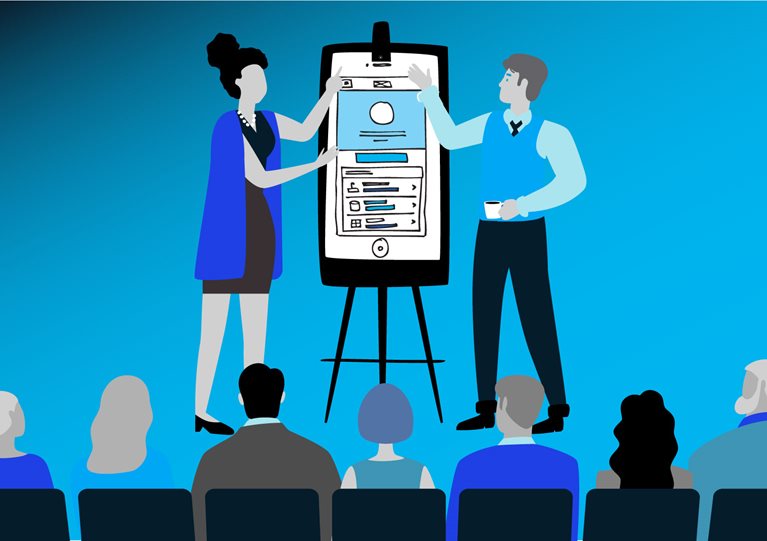
Product development in the public sector tends to be slow, given legacy interdependencies and alignment needed for system changes and to mitigate public risks. Parking.sg, a mobile app for Singapore parking payments by GovTech, Housing & Development Board, and Urban Redevelopment Authority, demonstrates how agencies can adopt an agile, entrepreneurial culture in their way of working and to create cutting-edge digital products at the rapid pace usually attributed to start-ups and technology companies. Released in 2017, Parking.sg aimed to reduce the use of paper-based parking coupons in public parking lots. By digitizing this highly manual process, the goal was to save motorists time, increase visibility of parking spot availability across the island, and enable per-minute charging based on actual use.
The process of product development in government agencies typically starts with putting up a proposal and garnering sponsorship, with teams having to navigate a maze of approvals and red tape before even starting to work on a solution. To ensure that discussions could proceed effectively, the Parking.sg team brought a concept prototype into stakeholder meetings rather than expressing their ideas in abstract plans. This allowed team members to communicate their ideas more effectively and facilitate a clear, collective vision of the desired impact to win the official go-ahead for the project.
The Parking.sg team also demonstrated an entrepreneurial willingness to pivot and incorporate learnings from early failures rather than wed itself to the ideas presented earlier. For instance, the initial approach of using computer vision to detect cars that parked longer than allowed was swiftly abandoned after the team discovered, upon shadowing actual officers on duty, that the human judgement of parking officers far trumped the effectiveness of such a technology. This allowed them to focus on more critical, value-adding features, such as helping users monitor the duration of their parking sessions.
Parking.sg is a case of agile methodology being possible within government agencies. From the engineering and hardware standpoints, the product was built on standard design and software development practices. These included:
- daily stand-up sessions, meetings in which attendees participate while standing, for more focused discussions
- pair programming, an agile software development technique in which two programmers work together at one workstation, to encourage divergent problem solving
- setting up a continuous delivery architecture environment to achieve shorter delivery cycles for product releases in a more nimble, cost-effective manner
Much like entrepreneurs responding to landscape developments, the team took the opportunity to scale its erstwhile prototype in response to regulatory changes. When a pricing review necessitated that motorists switch to new parking coupon denominations, the resulting inconvenience of switching created impetus for the agencies involved to provide resources for the team to take Parking.sg to market for public use.
As with Moments of Life, the app was a whole-of-government effort requiring collaboration among multiple agencies, including Singapore’s Ministry of National Development, Urban Redevelopment Authority, and Housing & Development Board. By February 2019, it had reached an uptake of 1.1 million monthly parking sessions. Parking.sg helped to reduce monthly purchases of paper coupon booklets by 70 percent.
Sustaining impact: Insights on supporting enablers
The three specific initiatives we highlight are only a sample of efforts that reflects a larger push to incorporate human-centered design into business-as-usual systems across Singapore’s government and civil service. In the following section, we outline four further insights on the enabling capabilities and platforms required to reap lasting benefits beyond discrete design efforts.
Equip public servants in design for ongoing transformation

The Public Service Division, Singapore—a unit of the prime minister’s office that oversees human resources for around 145,000 officers across 16 ministries and 60 statutory boards—has made building an agile, entrepreneurial public service an express goal in its broader transformation agenda. To this end, it set up a human-centered innovation lab in 2013 as a centralized resource to embed design-driven methodologies into policy, service delivery, and operational areas across various line agencies’ needs; these methods include ethnographic research, service design, rapid prototyping, and iteration with stakeholders. The unit has applied human-centered design to areas such as housing, social assistance, population, talent and workforce, and procurement and financial data analysis by key monetary bodies. From these experiences, it has codified a common Public Service Innovation framework of how to apply human-centered design methods flexibly to suit the constraints of varying setups of the sponsoring host agencies.
At the same time, reflecting the necessity of decentralization to cater to different localized needs, a number of in-house teams skilled in human-centered design have been built in operational arms of government, including those associated with manpower, transportation, pensions, and housing development. For each of these, the integration of human-centered design into people and process capabilities has taken on different paths, befitting each agency’s needs and pace of change. This shows that there is a rich palette of possible approaches to integrating design into how government bodies run their day-to-day activities.
Attract new talent profiles to the public service through innovative hiring practices
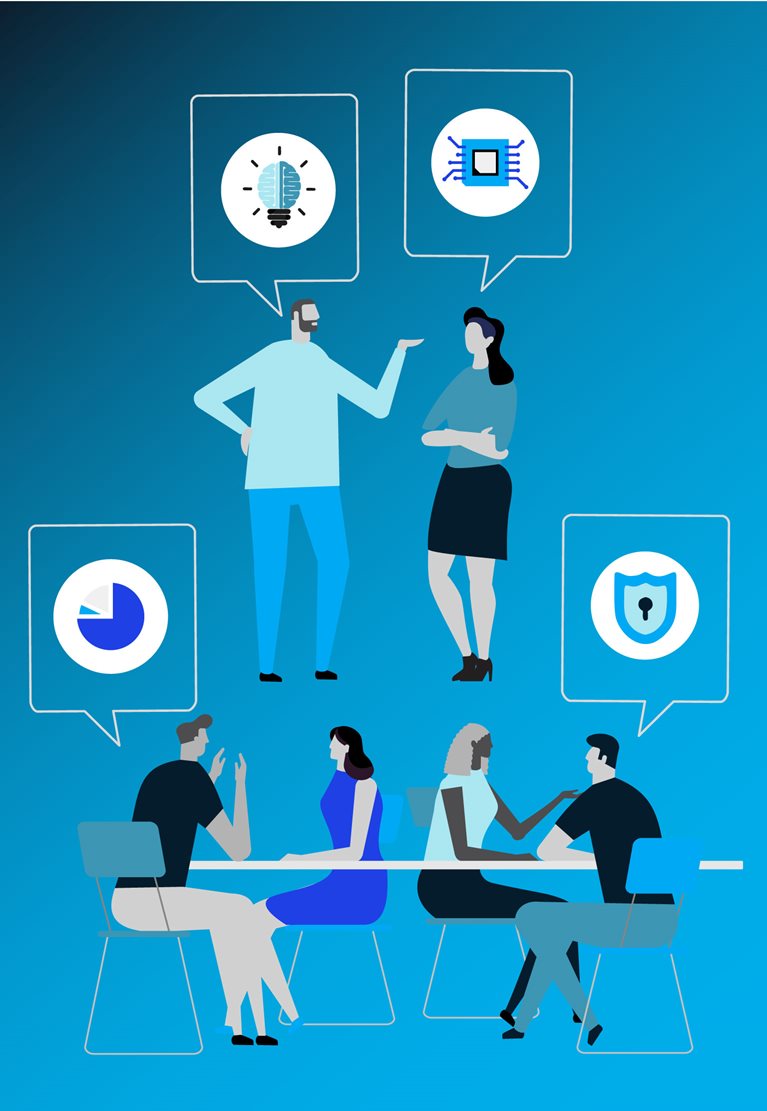
Singapore’s Public Service Division is also transforming the talent makeup and skills mix across agencies to achieve the vision of an agile and entrepreneurial workforce. It is now commonplace to see specialist roles, such as product design, product management, software engineering, data analytics, and cybersecurity in government organizations. This reflects the future makeup of competencies needed by public officers beyond the traditional economics, managerial, and sector-based skills.
To attract this talent, agencies have had to innovate their talent norms and practices. For example, as an addition to long-term employment contracts, GovTech created the Smart Nation Fellowship Programme. This initiative aims to attract designers, researchers, data scientists, engineers, and software developers, including those in the private sector, to apply for three- to six-month fellowships to work on innovation projects and co-create solutions that use technology for public good. The agency’s hiring process reflects a reciprocal, values-driven approach. Other than evaluating candidates’ expertise, GovTech hiring features a two-way, peer-panel format to determine interviewees’ cultural alignments to its “ABC” values—agile, bold, and collaborative. This is a departure from the tonality one might associate with the public sector. Hiring for cultural fit to make sure employees possess these novel attributes supports the desired organization-wide changes in the public service in the long run.
Emphasize citizen-centricity as a national priority
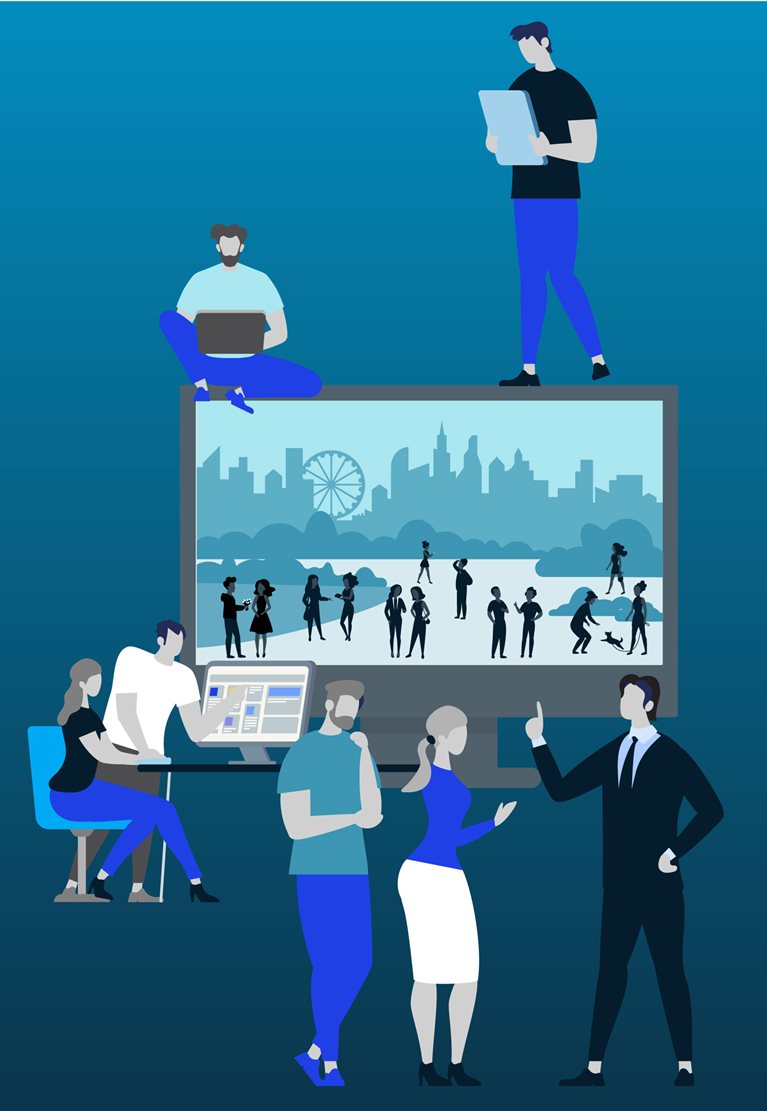
Two core beliefs are fundamental to design methodology. The first is that an understanding of end-user needs is critical in identifying the right solutions. The second is that solutions are more robust when they have been co-created with stakeholders. These tenets align with the Singapore government’s intent to adopt a more consultative approach to policy making and national strategy formulation.
As a result, participatory design is now a standard feature in citizen engagement, which has become a national priority. For example, from November 2017 to January 2018, the Singapore Ministry of Health convened its first-ever Citizens’ Jury, a panel of 76 people ranging from people with diabetes to doctors to caregivers to professionals. These panel members responded to social media calls for volunteers to gather ideas on how diabetes could best be prevented and managed, given the behavioral needs of patients. From this, the goal was to expand solution development beyond operational healthcare policy and system levers to anchor supporting interventions in communities themselves.
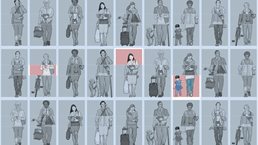
Solving the customer-experience puzzle: A guidebook for government leaders
To signal citizen engagement as an ongoing top priority, the government conducted a series of national conversations in 2012 and 2013 to gather citizen sentiment across a spectrum of topics. More than 47,000 Singaporeans participated in two phases of engagement. The first phase consisted of open-ended, exploratory conversations that then led to constructive conversations in the second phase based on the distilled themes. Called “Our Singapore Conversations,” the exercise inspired several key national policy initiatives. These include the Pioneer Generation Package, a series of benefits for the generation that built Singapore’s economy; MediShield Life, an expansion of the national insurance program; and revisions to primary school leaving examinations which now use wider scoring bands in a bid to shift the culture of education. Beyond this, the exercise demonstrated how a bottom-up approach that goes beyond traditional outreach platforms can significantly increase citizen trust.
Create funding and convening platforms to facilitate co-creation
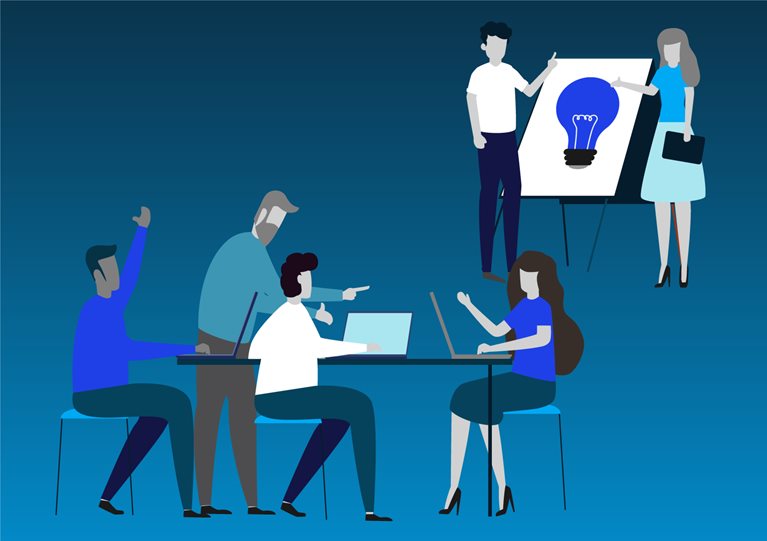
It is important to create an environment to support bottom-up innovations by self-organizing teams in government. Accordingly, various funding mechanisms have emerged to unlock resource and cost-sharing across different bodies in the public service. For example, the Citizen Engagement Seed Fund funded 17 projects and involved participatory discussions with some 4,500 citizens from 2016 to 2018. The Public Service Innovation Challenge, since its launch in 2017, has enabled around 305 officers to secure seed funding of up to $70,000 for their experiments, reducing the need for complicated approval processes. From this funding pool have come several useful solutions, such as a form builder for government websites to positively reduce the inefficient use of paper forms.
As is clear from the cases described in this article, Singapore has gone “full speed ahead” in applying design to innovating government services and improving end-user experiences. We believe that many of Singapore government’s attributes and challenges apply to other countries’ public agencies similarly aiming to support rapidly aging populations, cohere culturally diverse populations, make the most of constrained resources, and remain regionally competitive. Thus we hope that this snapshot of Singapore’s experience offers a useful, inspirational perspective on the possible approaches that other global governments can take to harness design, as they shape more inclusive, responsive policies and solutions in their specific contexts.

